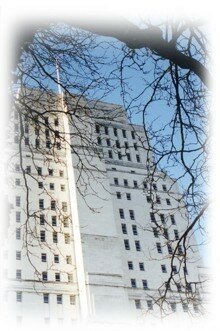Latest News
► University of London

 UNIVERSITY OF LONDON UNIVERSITY OF LONDON
At the start of 1800s the only universities in England were Oxford and Cambridge. Entry was restricted to sons of the rich who were members of the Church of England. The founding fathers of London’s university set out to provide an institution that was open to all, irrespective of race, religion or political belief. During the 1820s a group led by Thomas Campbell, a poet, and Lord Brougham, a politician, raised money to build what is now University College London, but their hopes that this would be the University of London were dashed when the Government refused to grant them a charter to award degrees. At the same time another group, led by the Archbishop of Canterbury, Robert Peel and the Duke of Wellington, set up a rival ‘university’ in the strand to be know as King’s College, which admitted its first students in 1831. In 1836 the government established the University of London by Royal Charter. At first the University solely consisted of University College and King’s College, but these were soon joined by other approved institutions. The University, through its colleges, became the first to teach many subjects now taken for granted, including geography and English, and was the first to inaugurate laboratories in physics, chemistry and physiology. London was also the first in the United Kingdom to award degrees to women, when 4 female students graduated in 1880. In 1900 the University became more than just a degree awarding body when it was given the federal and collegiate structure that, by and large, it still retains today. At present, the University of London consists of 20 self-governing Colleges of outstanding reputation, together with the prestigious School of Advanced Study and a number of other central academic activities. Each of these colleges has it’s own Students’ Union and Student Representatives. You can find out more about these unions in the next few pages. |



